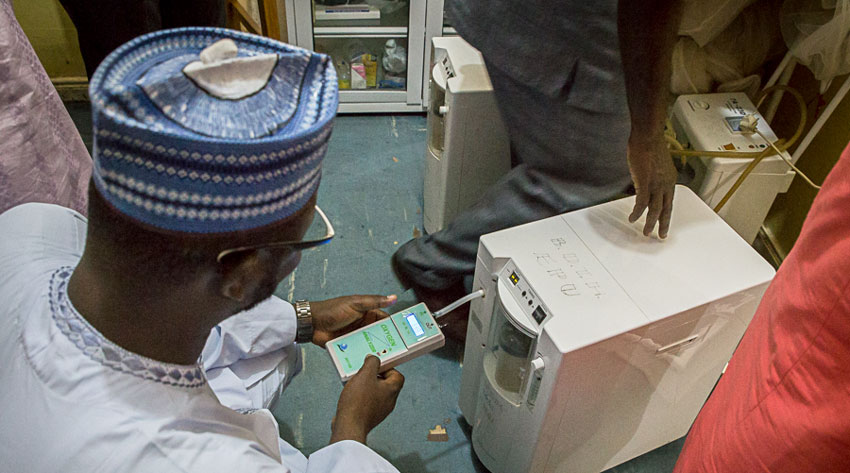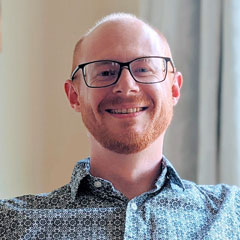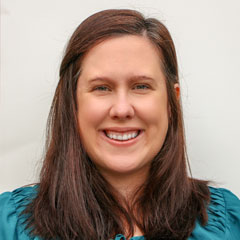Jason Houdek and Audrey Battu share how the Clinton Health Access Initiative recognized a critical gap for treating childhood pneumonia and how the team plans to close it.
One in twenty-two.
We scanned our memories for every strategy, every plan, every statistic on childhood pneumonia. It was January 2015, and we had been poring over the material for months because our child health programs had a major gap. They were not addressing pneumonia—the world’s largest infectious killer of children. We needed to change that, and we were trying to figure out where to start.
One in twenty-two! How had we missed it?
Vaccinating children, promoting care-seeking, antibiotic treatment—these were the pillars of pneumonia interventions in 2015 and where we had focused most of our thinking. Oxygen therapy was critical for treating severe pneumonia, but it was a footnote in our plans.
As we worked the problem with our ministry of health colleagues, one question came up repeatedly: why were sick kids who got to the hospital still dying?
Then our team in Uganda found a report of twenty-two children who had died of pneumonia in hospitals. Only one had gotten oxygen.
One in twenty-two. It could not be that low.
But in hospitals across Uganda, Nigeria, Kenya, Ethiopia, and India, our teams found frighteningly similar stories: oxygen cylinders locked away while children gasped for air; broken equipment littering corridors for want of spare parts; healthcare workers fighting to get their patients oxygen. Without oxygen, severely ill children taken to hospitals—likely hundreds of thousands every year—would die before antibiotics took effect. Our ministry colleagues agreed: we needed to get oxygen to these children.
Together, we logged long days working out the right policies and strategies. We started pilots in Uganda, Ethiopia, and Nigeria and worked directly with hospital staff to improve their oxygen systems. In 2016, we met Murdoch Children's Research Institute’s Dr. Hamish Graham—a global leader on oxygen in low-resource settings. He soon joined us to help Ethiopia’s government develop its first national oxygen scale-up plan. His team was an invaluable resource as our collaboration grew over four years and three countries.
Our partner governments, meanwhile, set the pace. Nigeria’s Kano state contributed its own funds to reach more hospitals. Uganda built 13 oxygen plants. Ethiopia purchased 5,400 oxygen concentrators.

© Melinda Stanley
A medical team in Kaduna State, Nigeria tests a concentrator that will deliver high-purity oxygen to patients.
By 2018, our pilots were showing results. Equipment was being maintained. Clinicians were demonstrating strong skills. Seventy-five percent of children were getting the oxygen they needed.
We were onto something, but the clinicians and policymakers we work with reminded us that it was only the first step.
They have spent entire careers facing this problem in obscurity, and they know we can do more. They reminded us that the Clinton Health Access Initiative was founded to pursue transformational change by solving the whole problem: “What about mothers in labor who need cesarean sections? Premature infants? Sepsis patients? Severe malaria patients? The whole hospital needs oxygen, not just pediatric wards!”
They are right. So, we are getting to work.
Our 100&Change proposal is our big bet to close the oxygen access gap. Going from one in twenty-two to twenty-two in twenty-two is not easy, but—with our government partners setting the pace—we know we will get there.
View Clinton Health Access Initiative & Murdoch Children’s Research Institute profile ›





